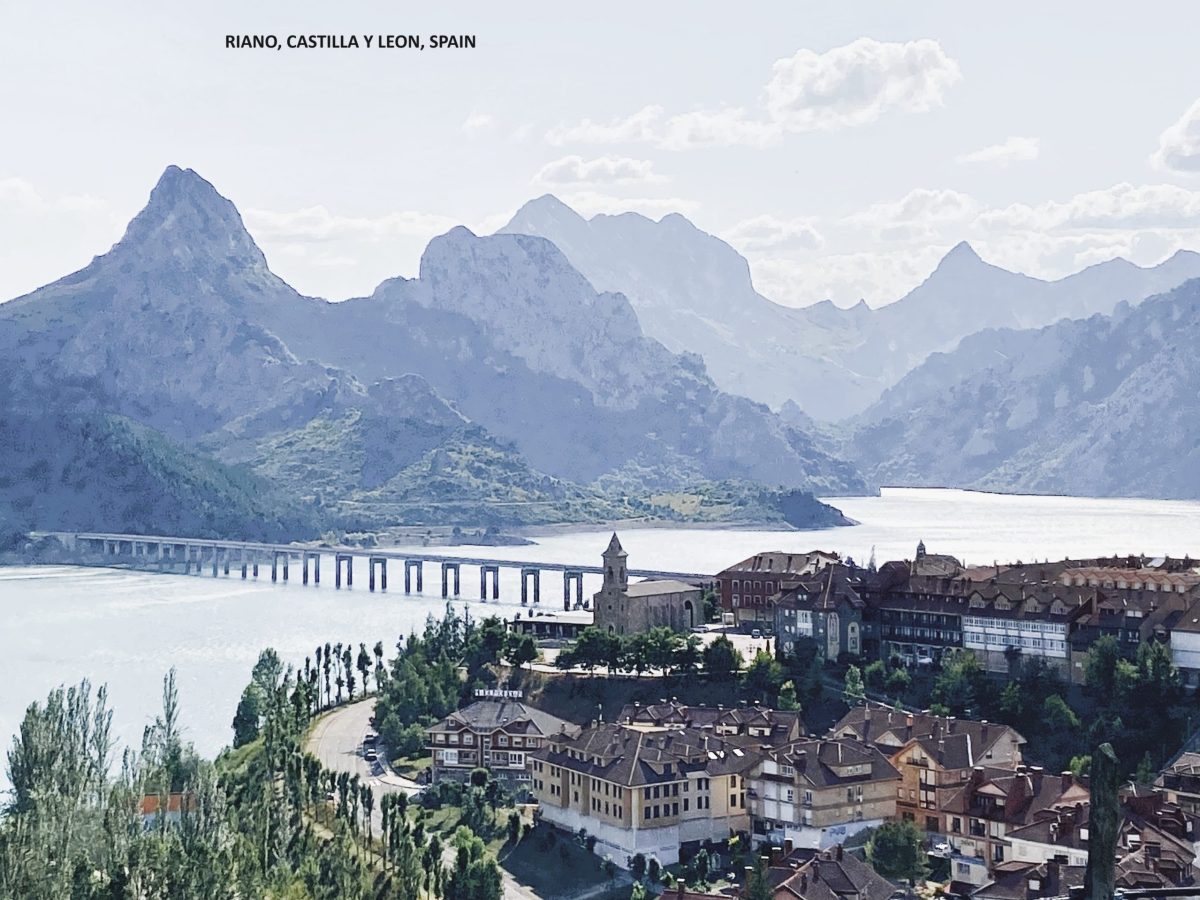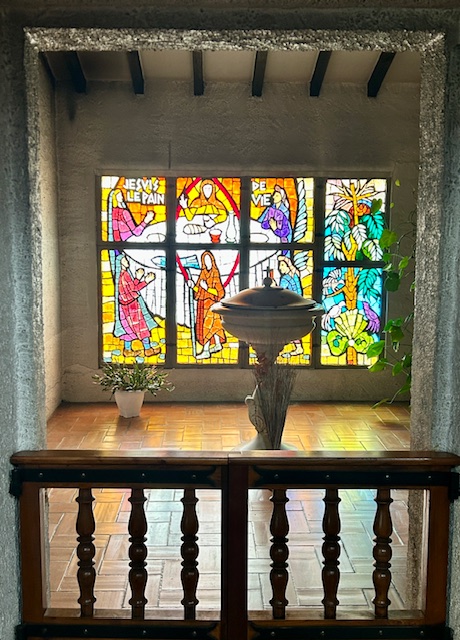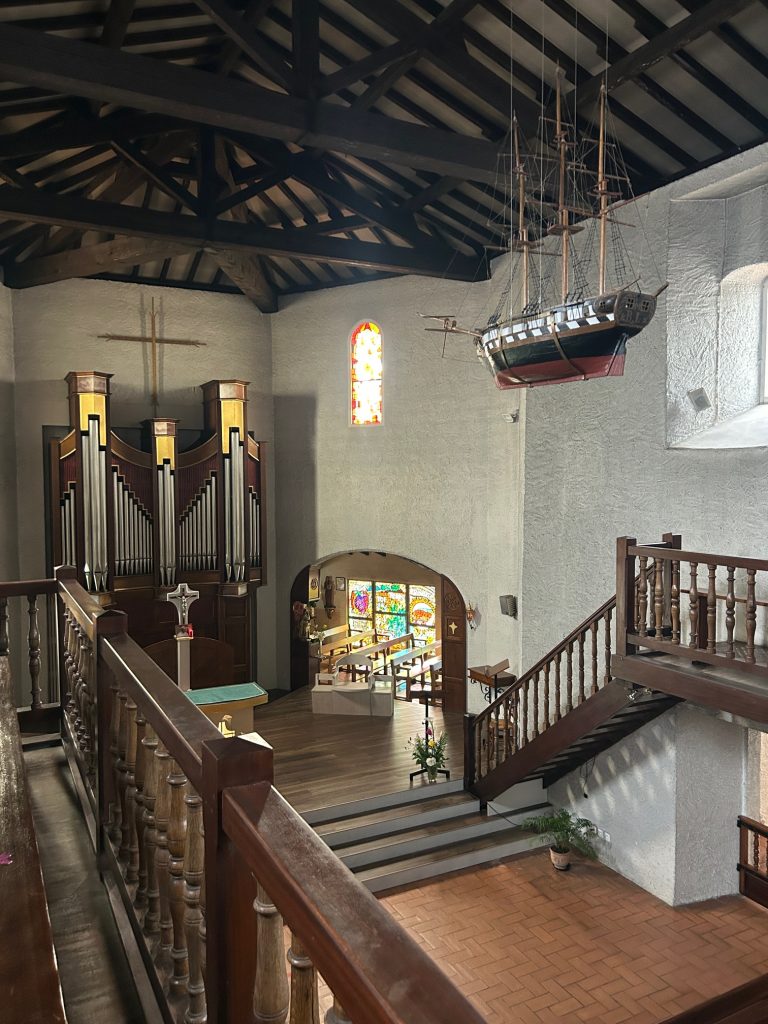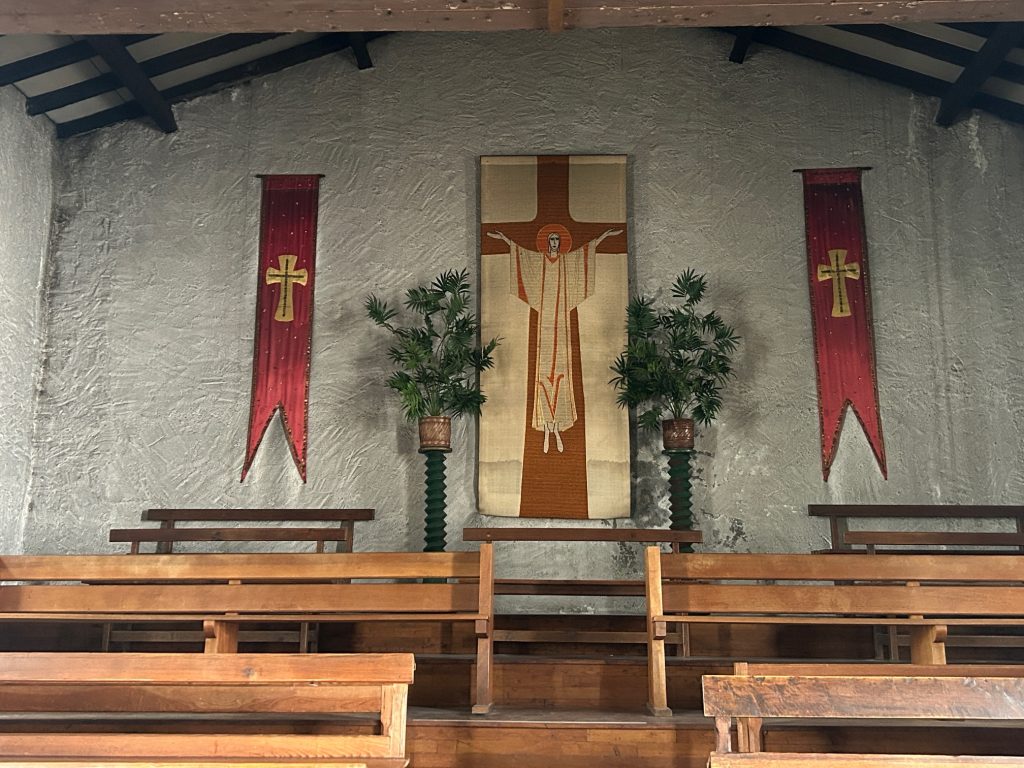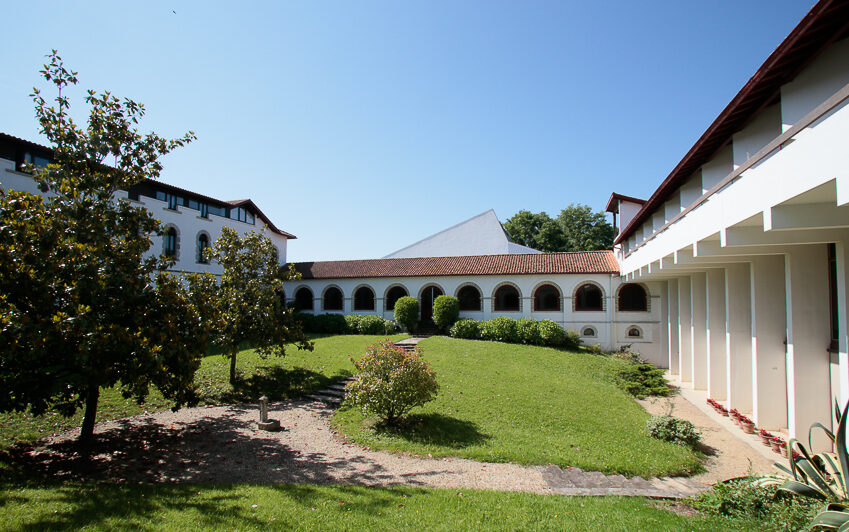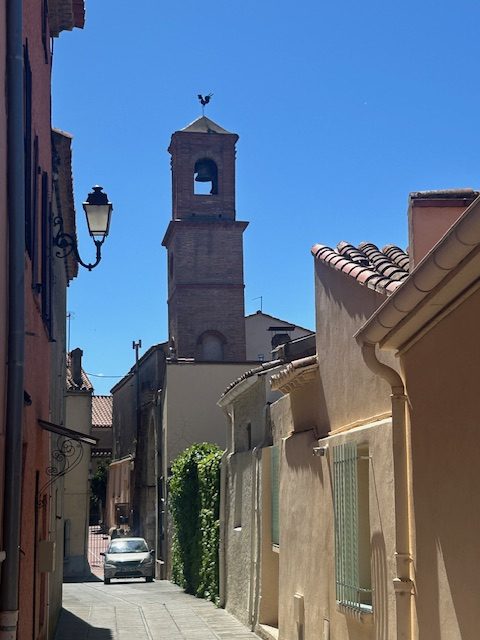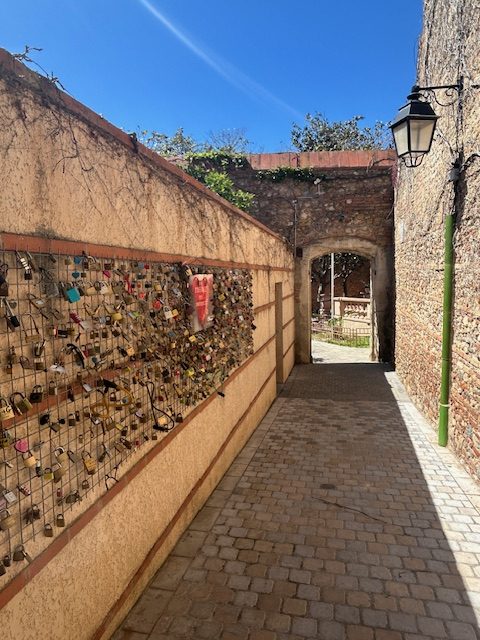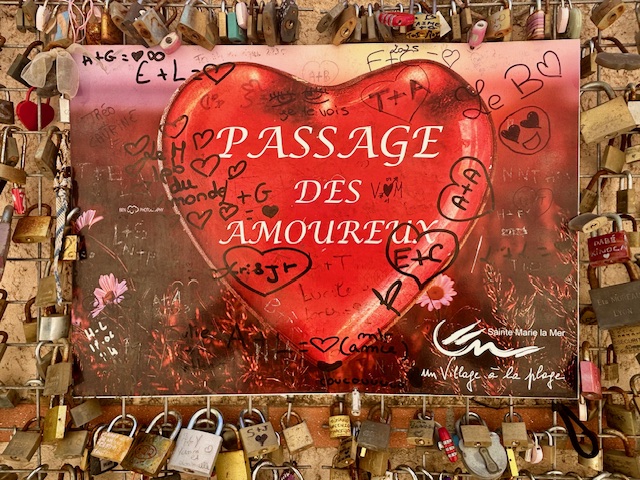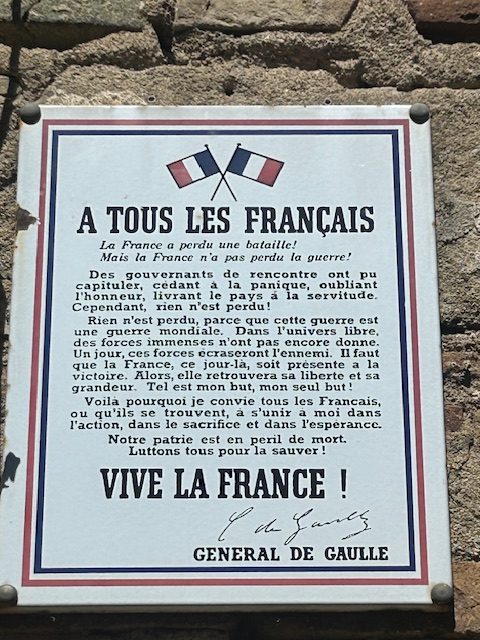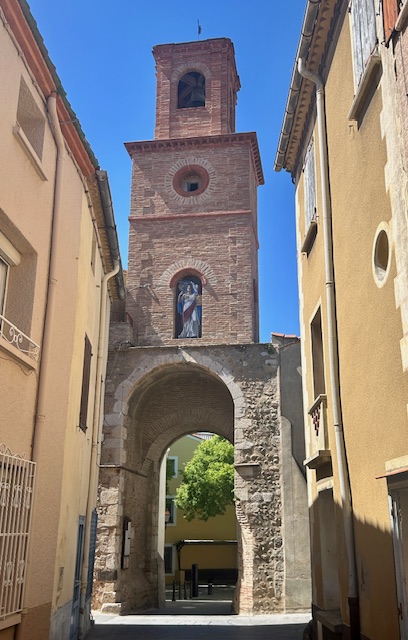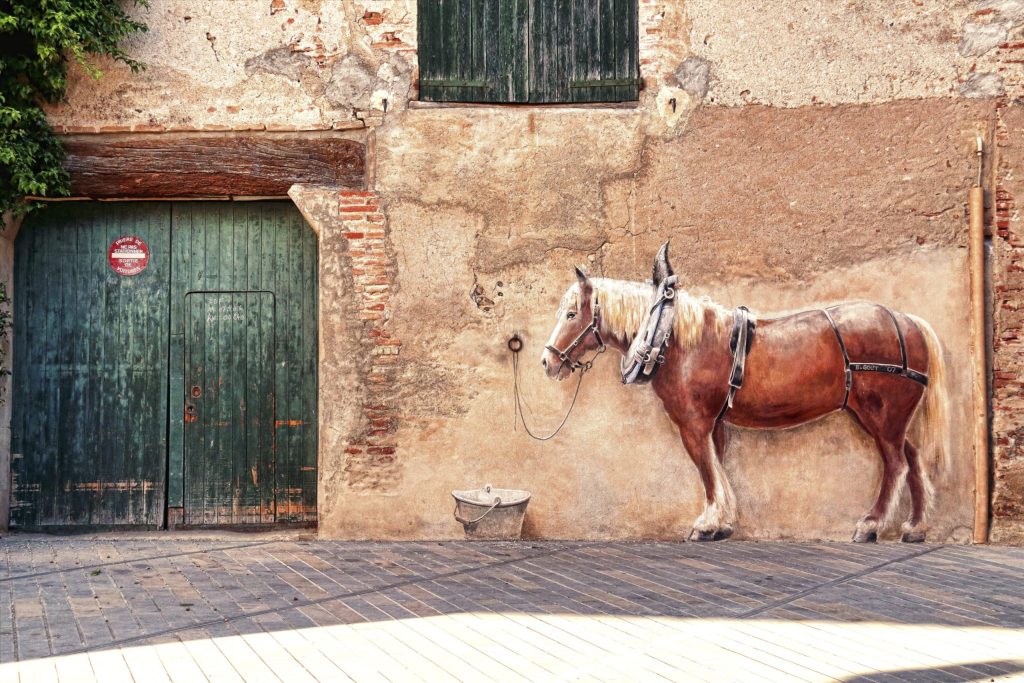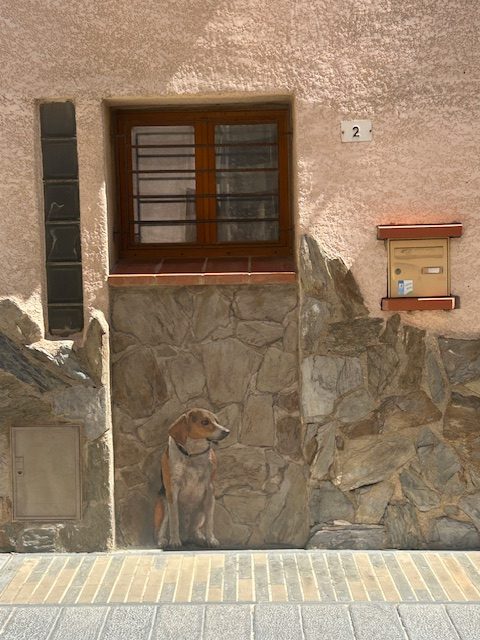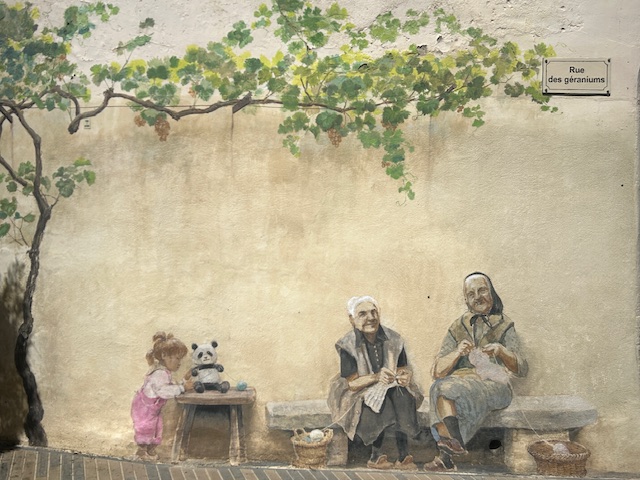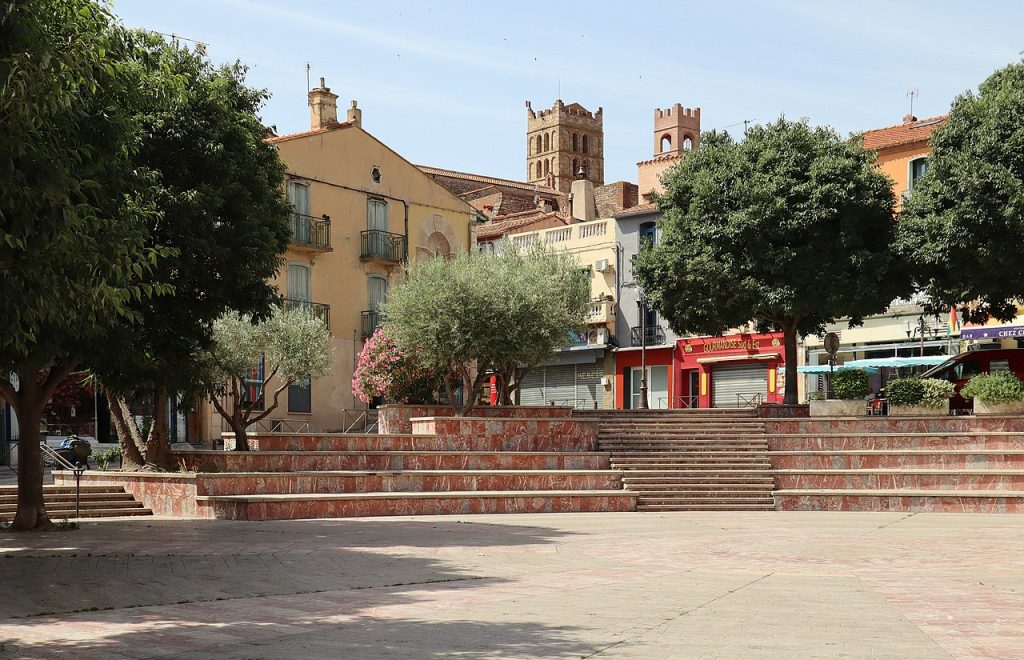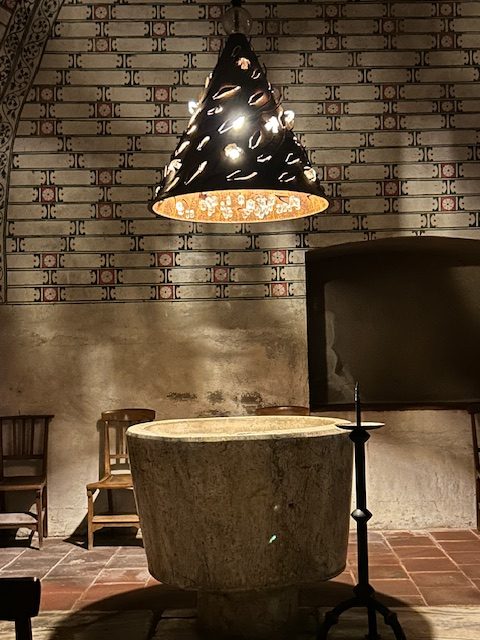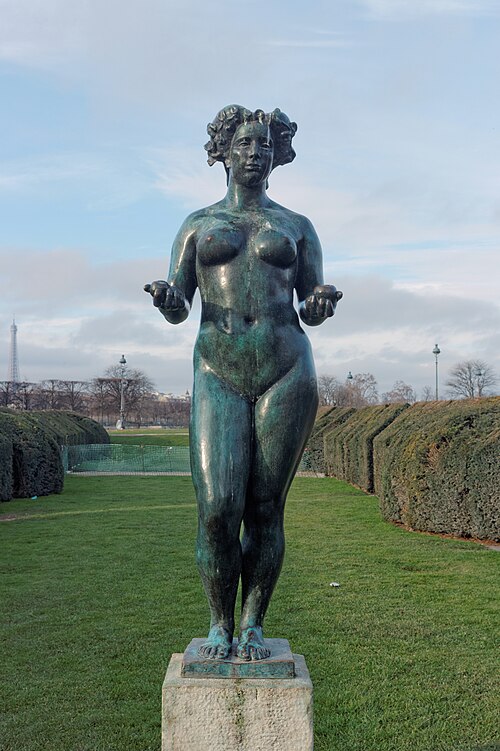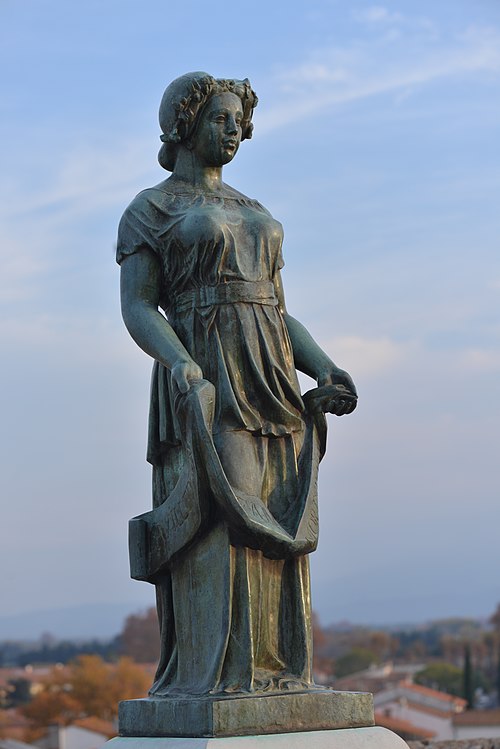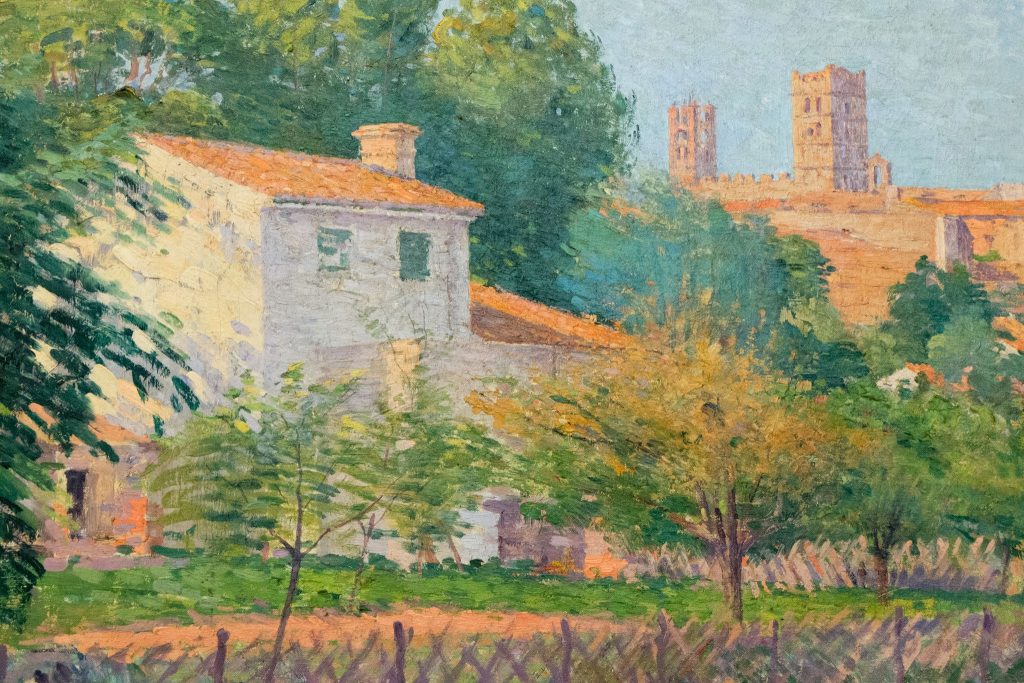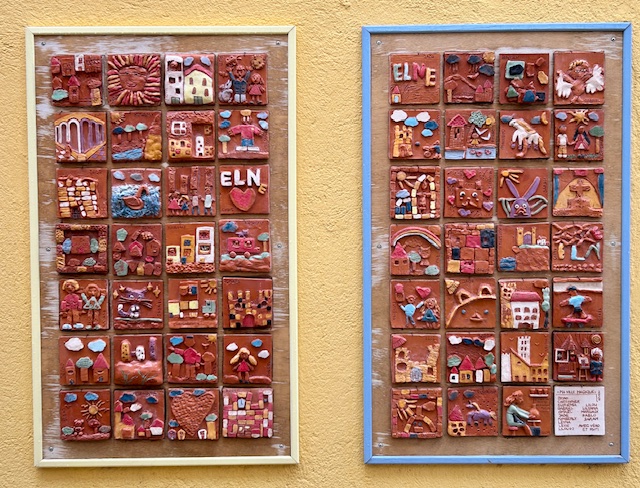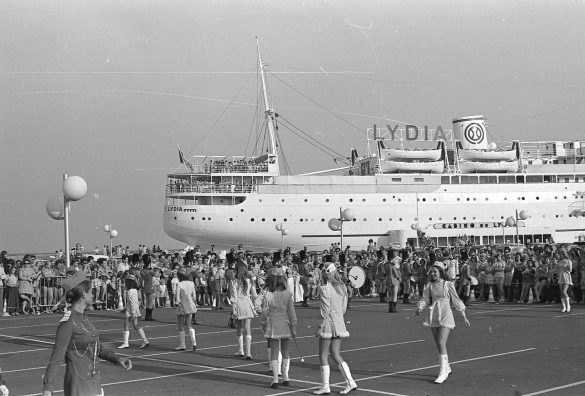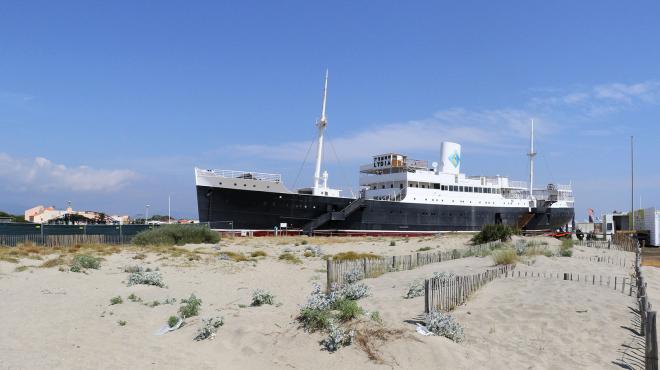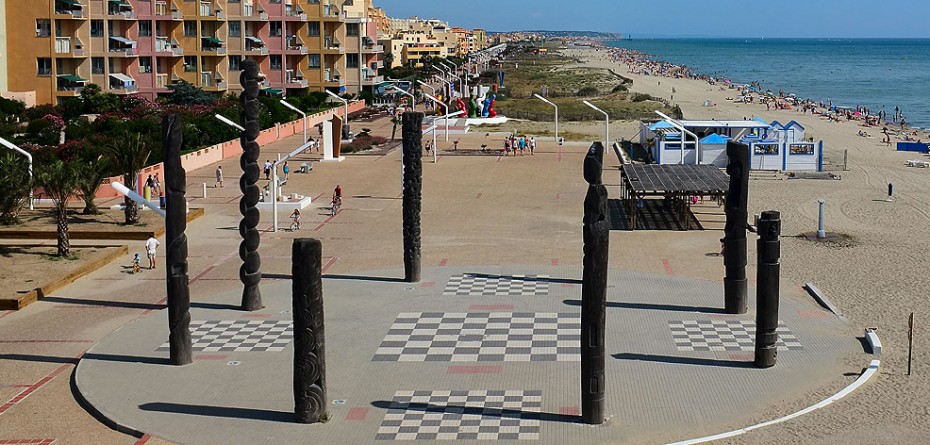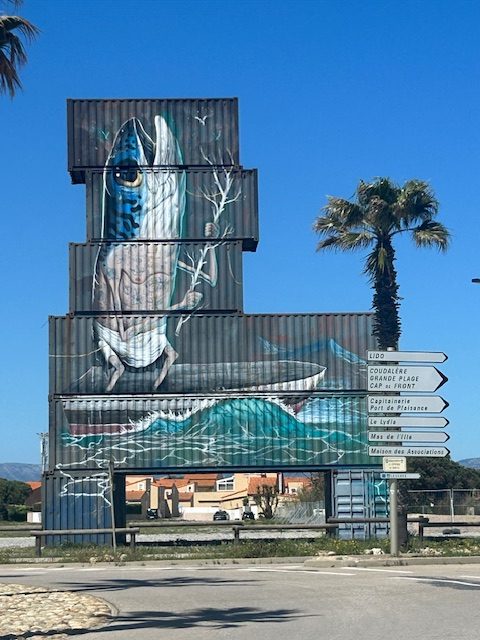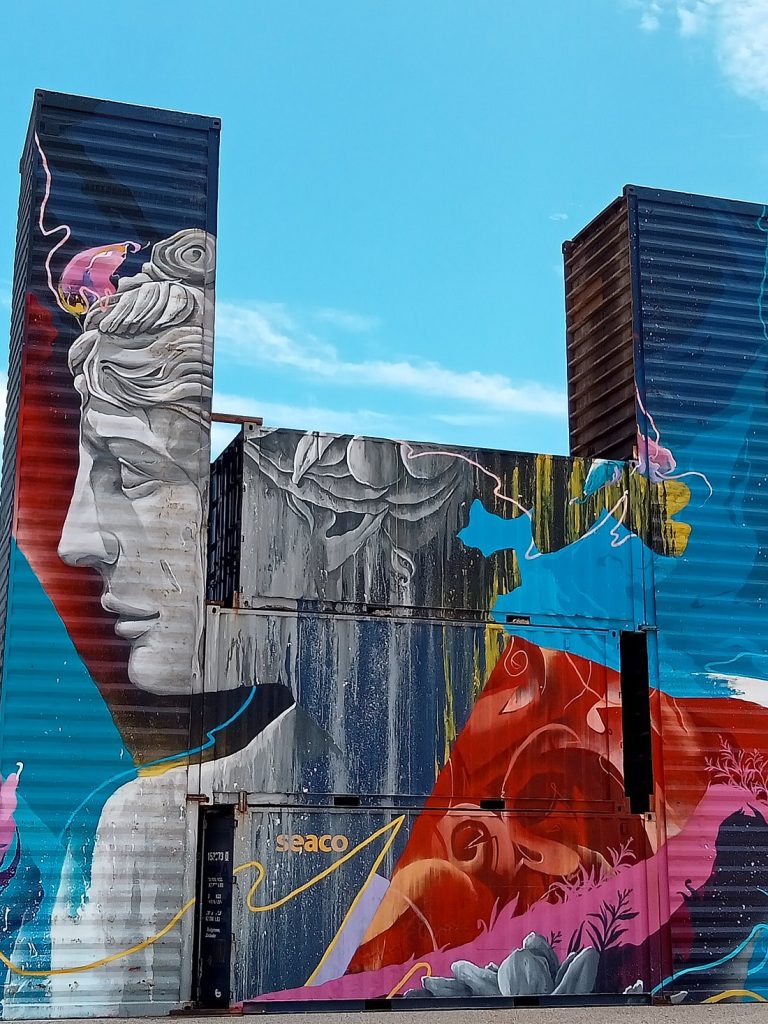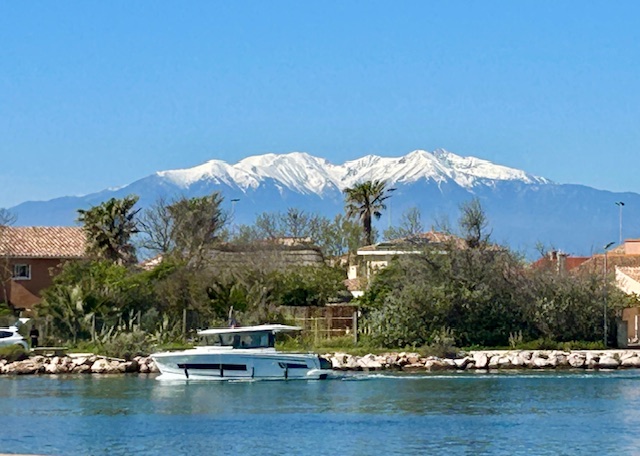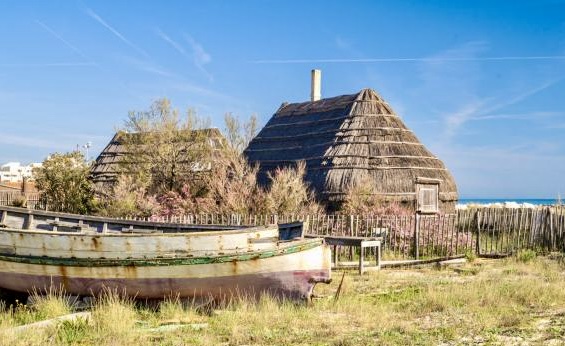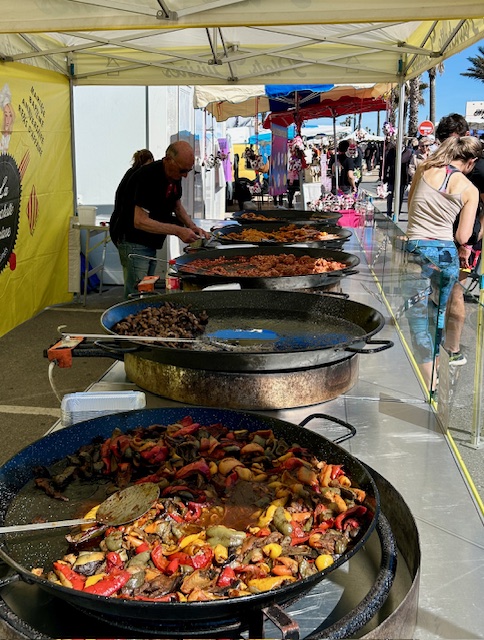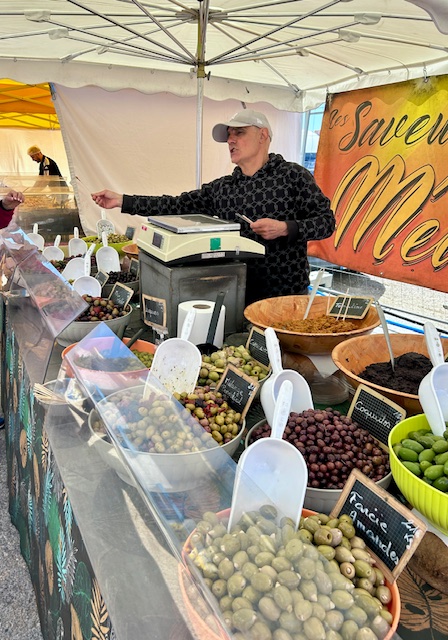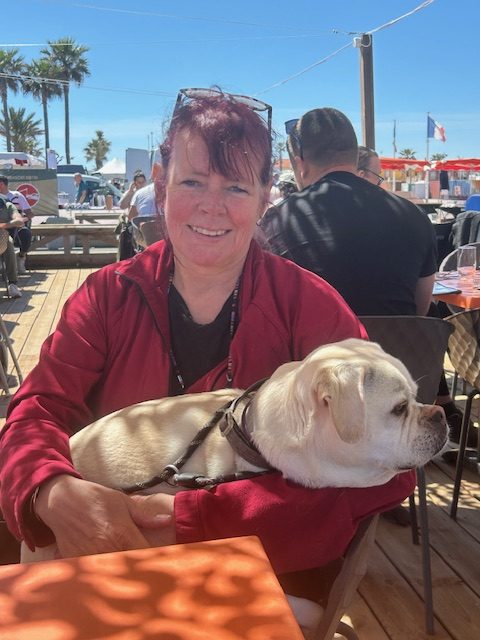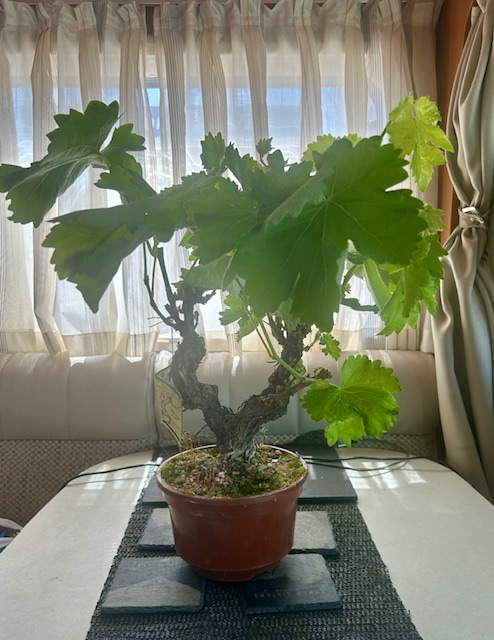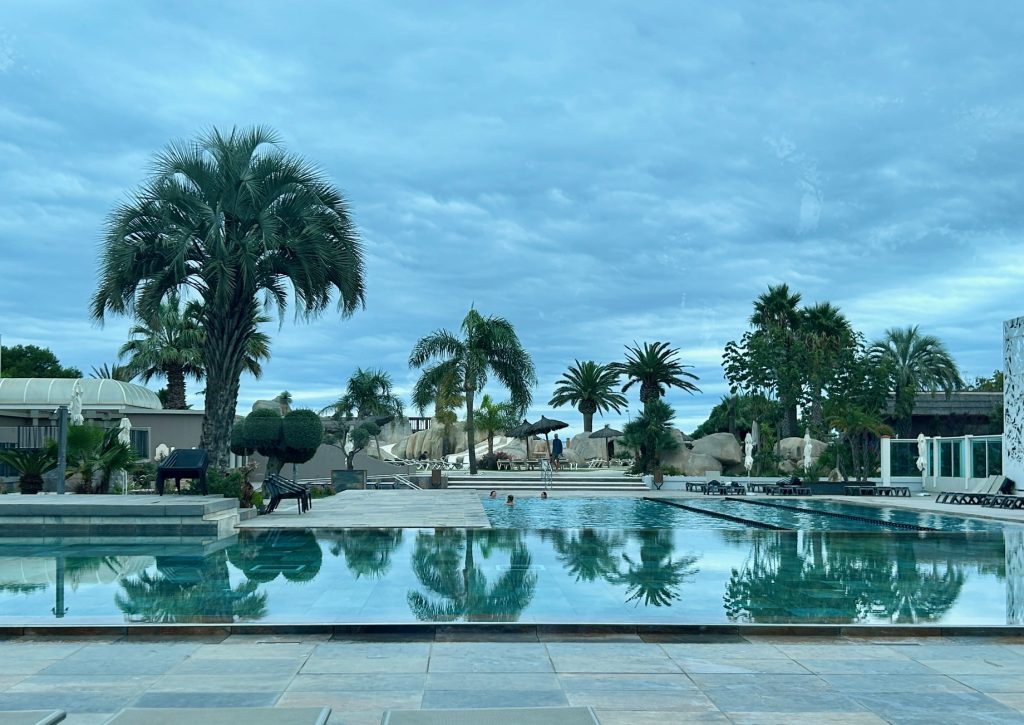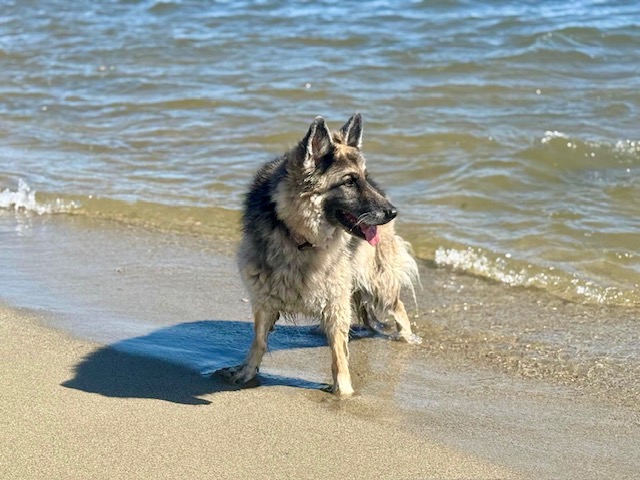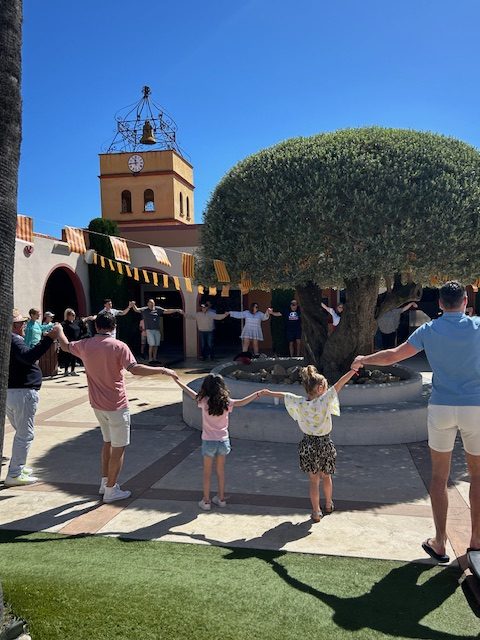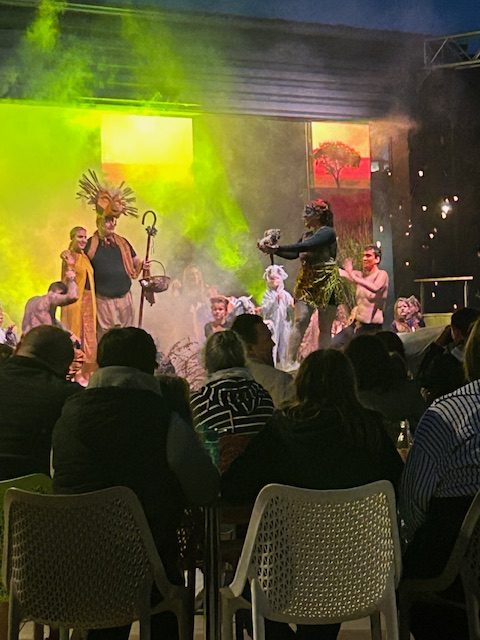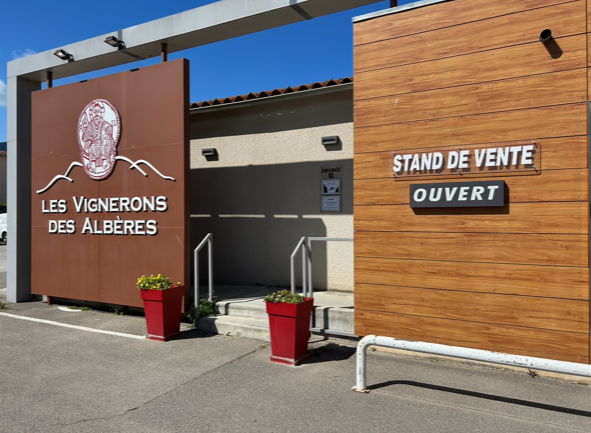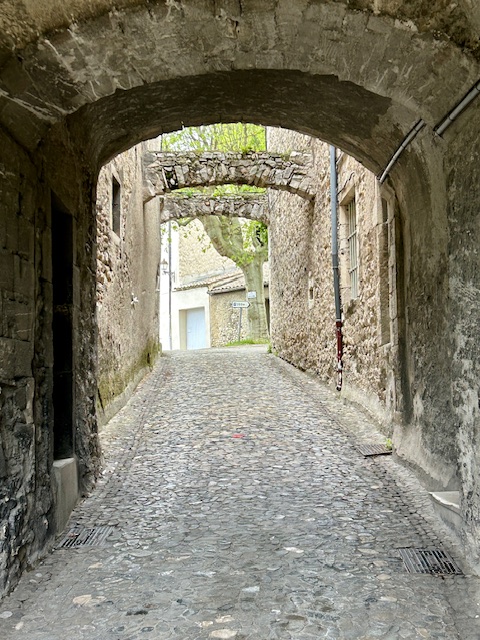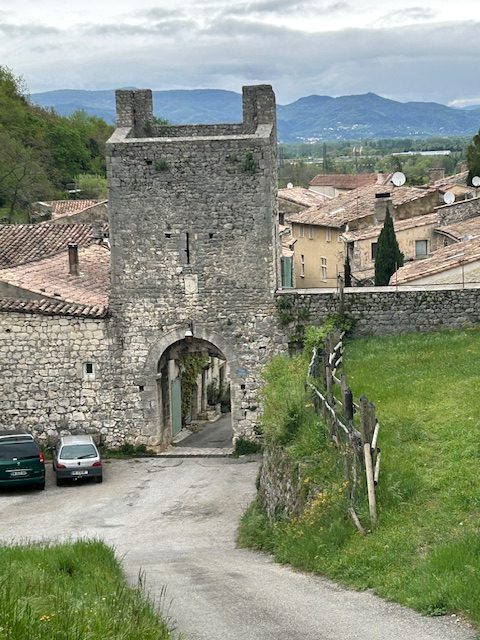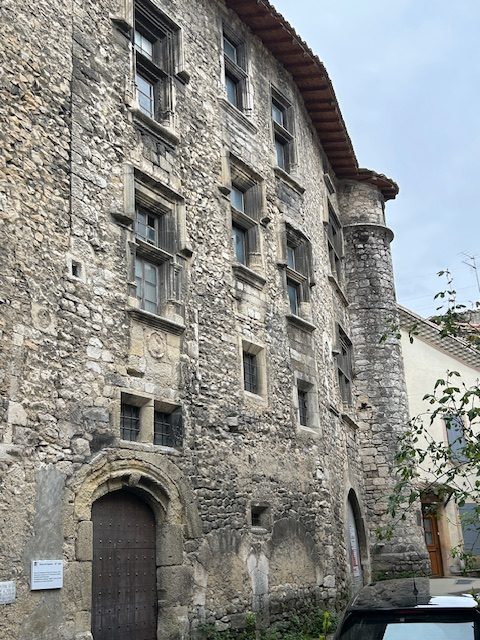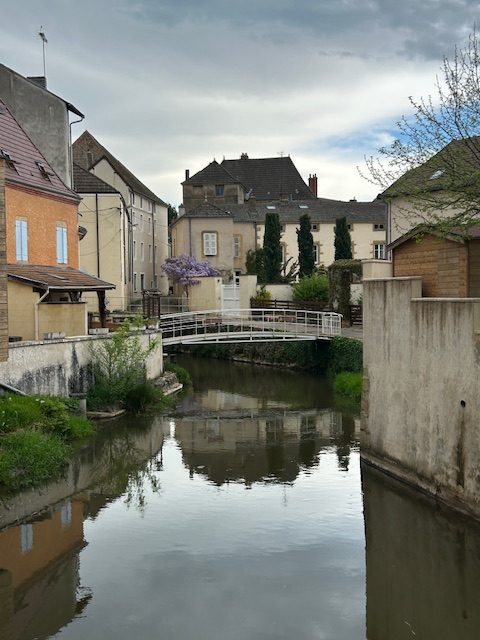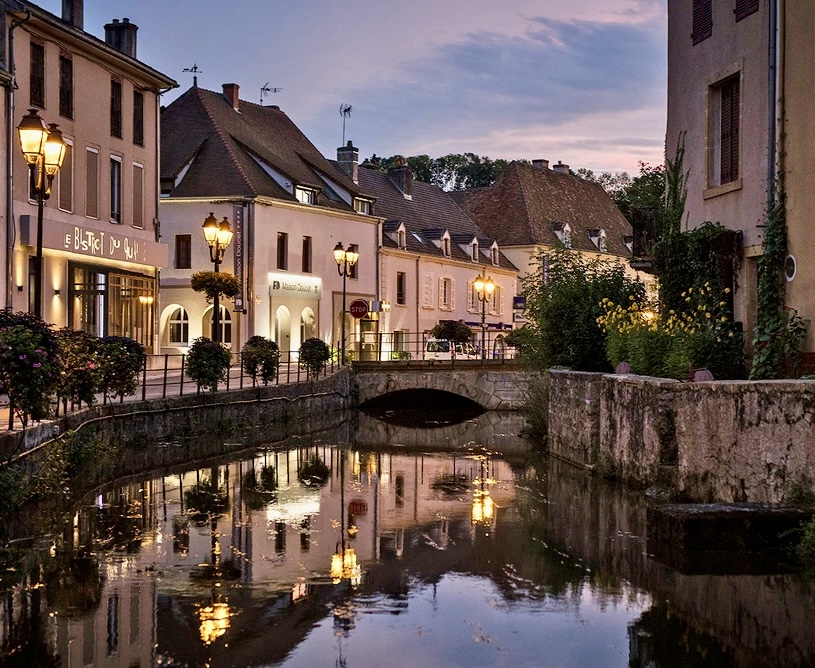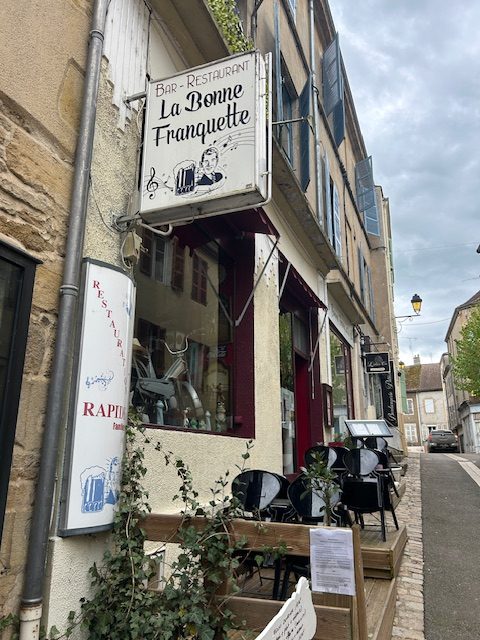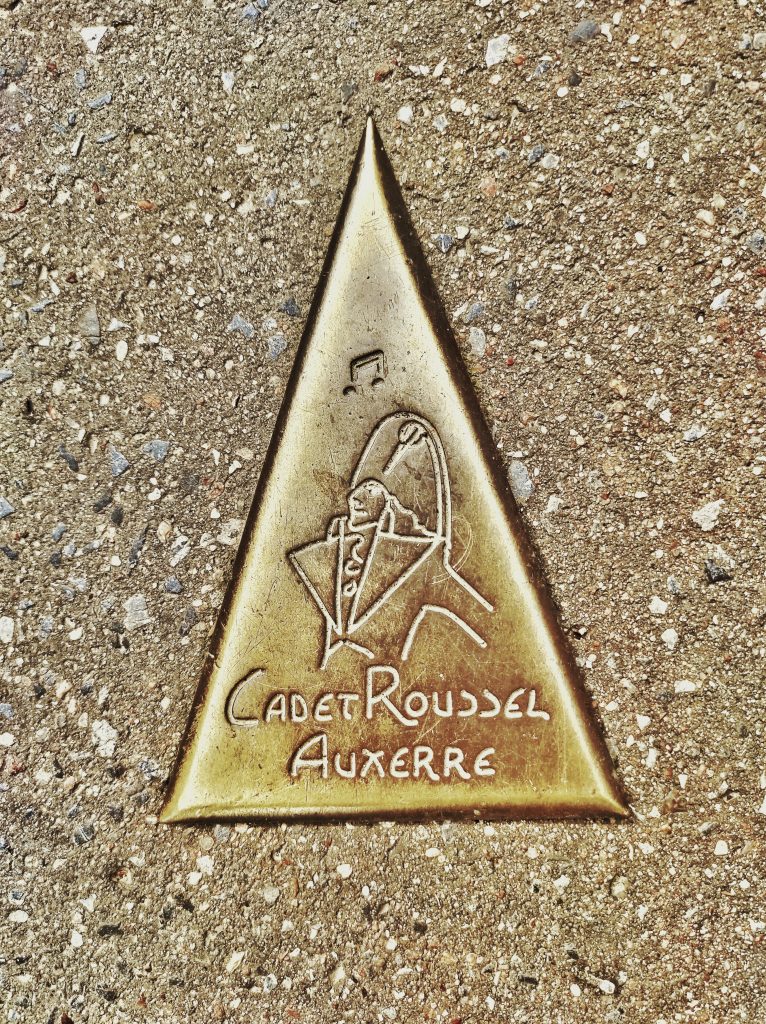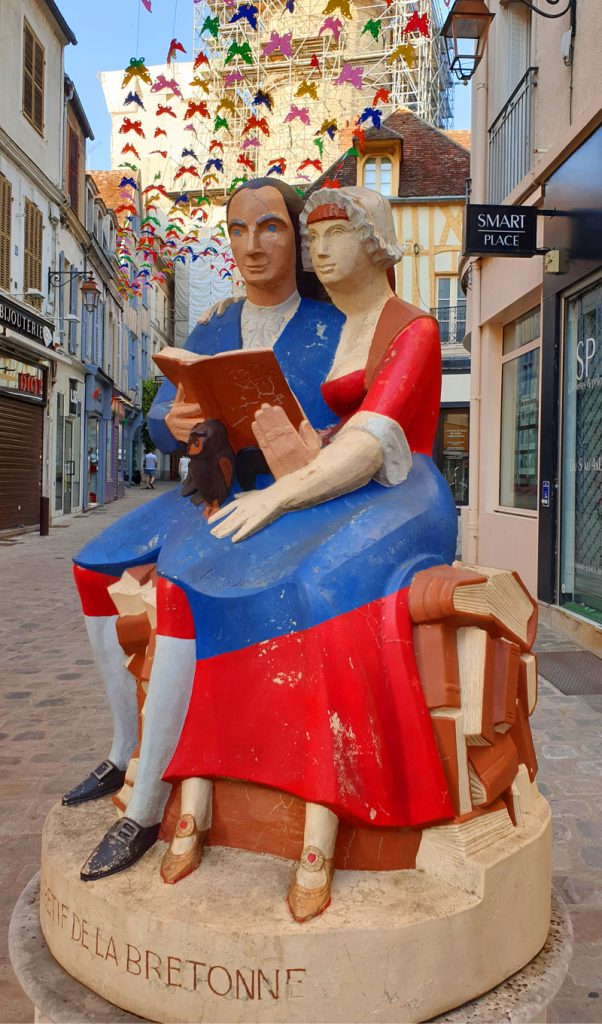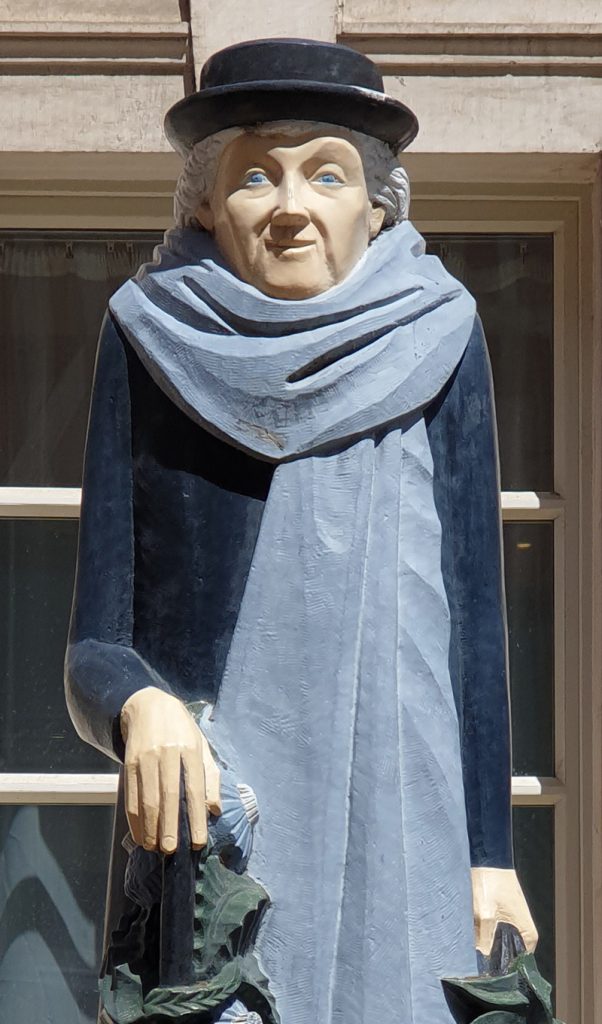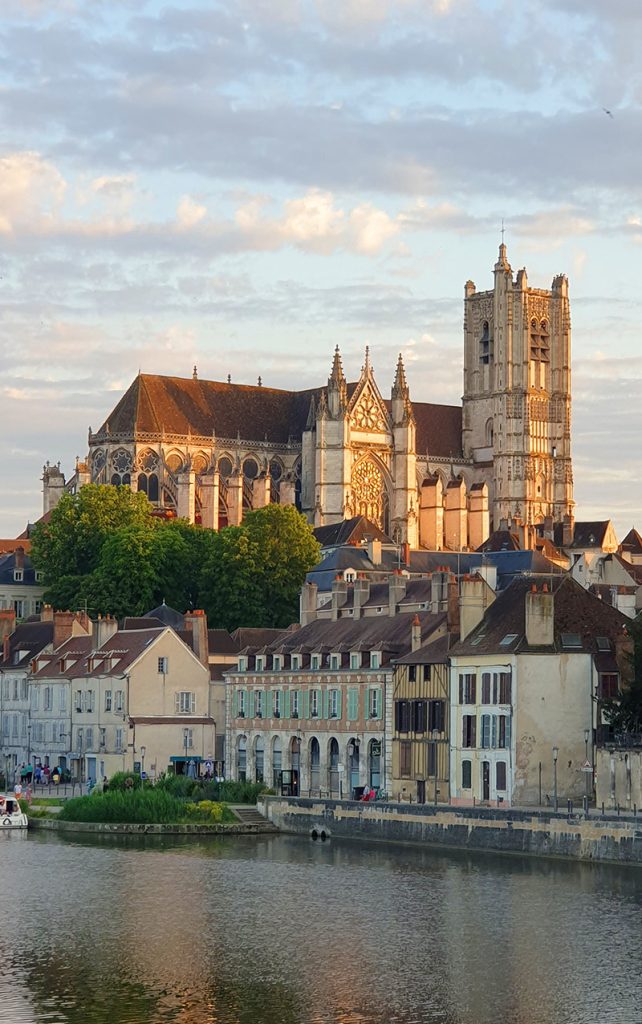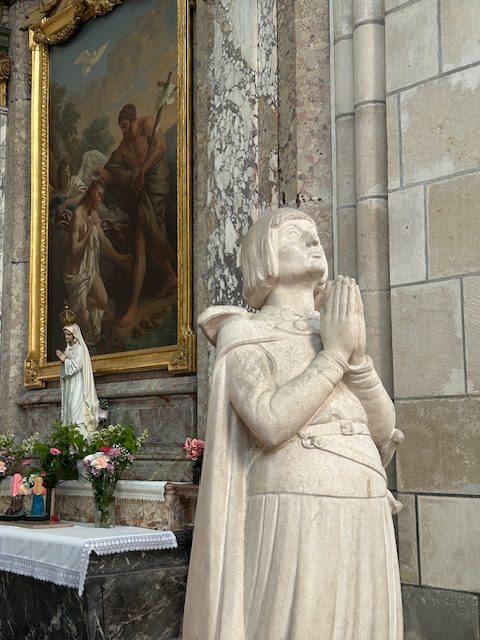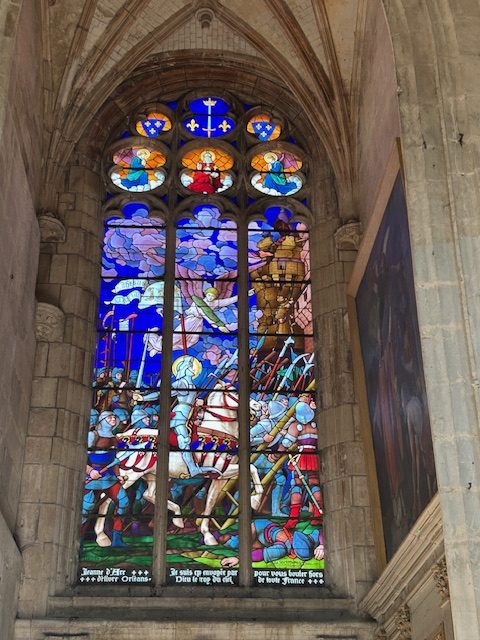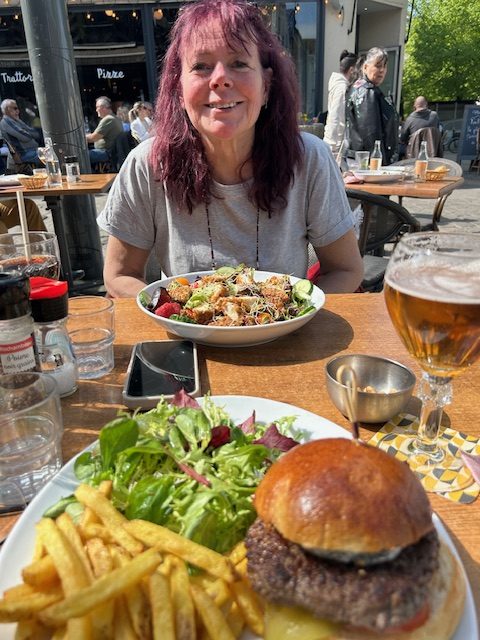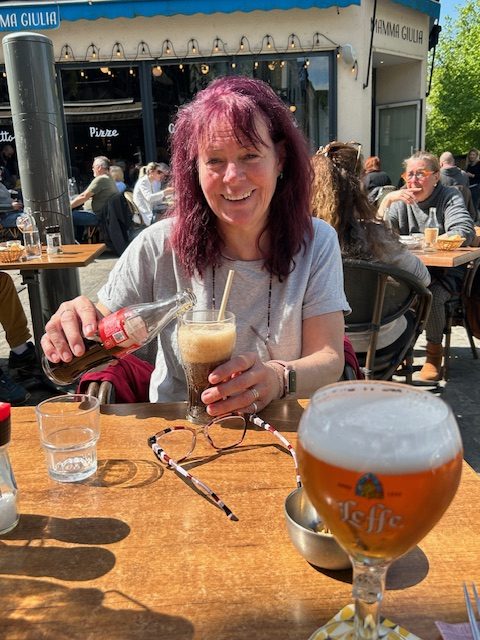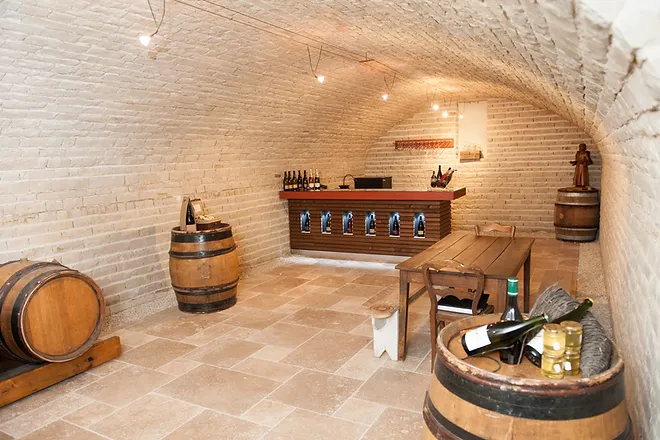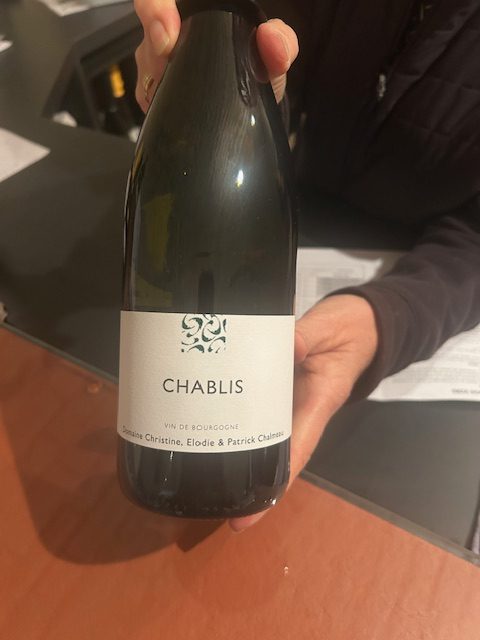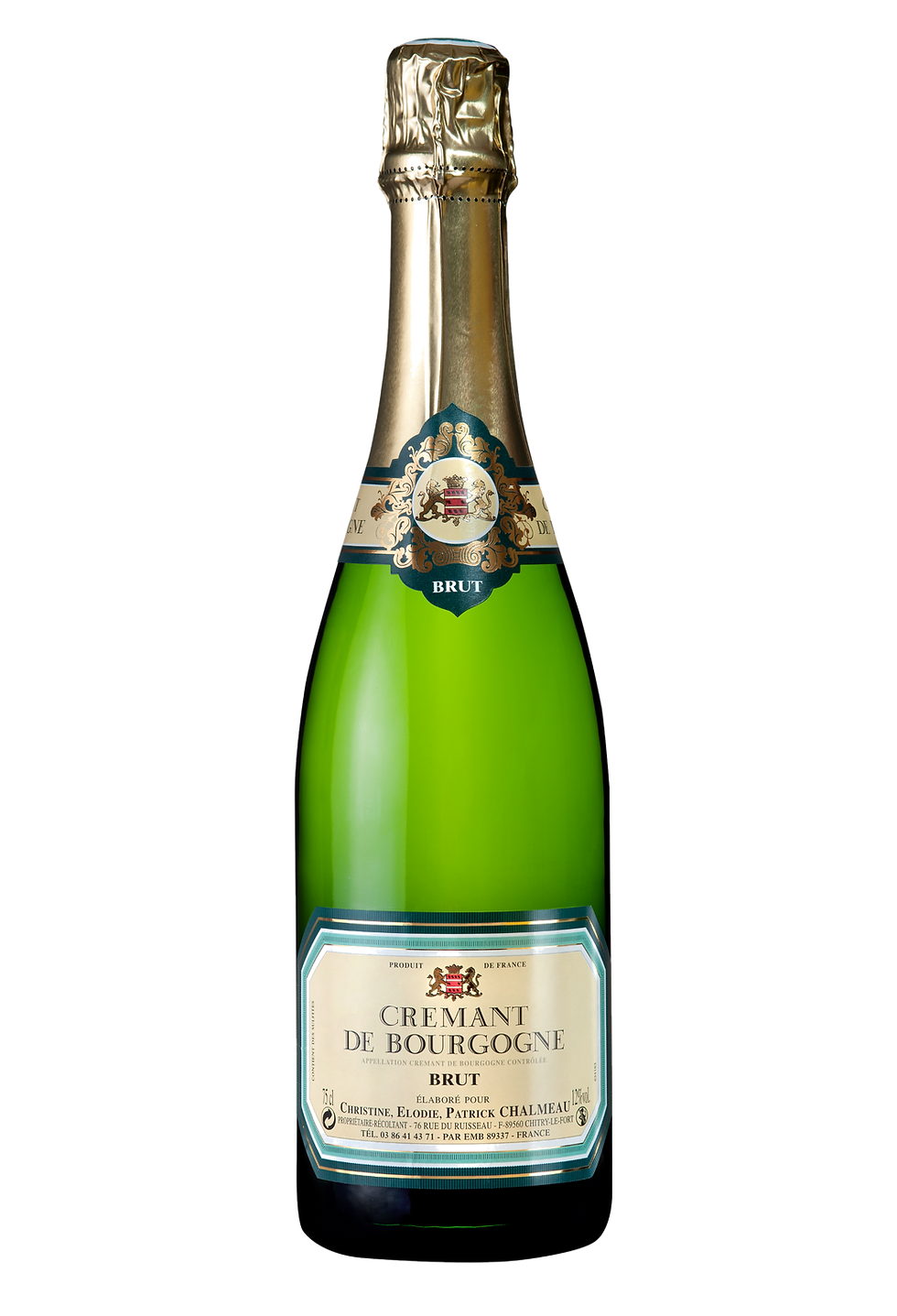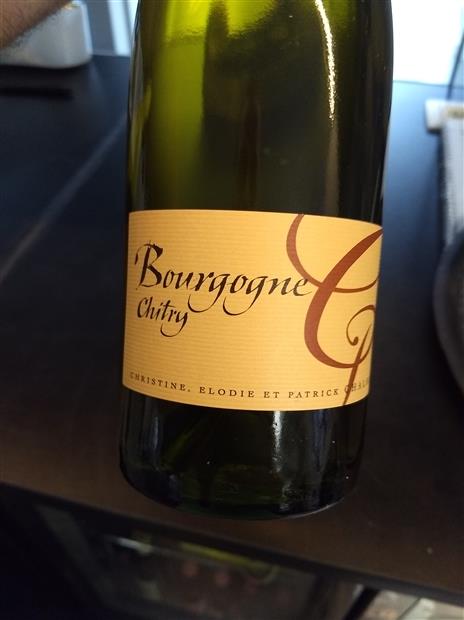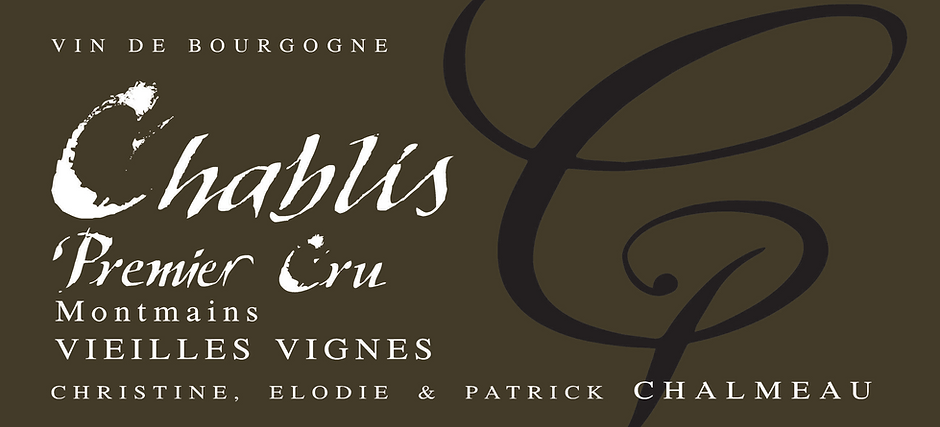We drove through Peyrehorade today and paused to check out the farmer’s market (I’ve see better) but our ultimate destination was Lourdes and, in particular, Lourdes Sanctuary.
I’ve passed the Lourdes Sanctuary many times before when using the A64 on our way to or from Spain (that stretch of road from Toulouse to Bayonne is also part of the E80 Trans European Motorway which extends from Lisbon in Portugal to Gurbula on Turkey’s border with Iran) but; I’ve never felt inclined to visit before. I’m not even sure why I stopped this time. I certainly didn’t visit as a pilgrim (as 3 million people do every year); I was simply interested to see what it is that attracts so many people and, I’m pleased I did. It is a spectacular place and it proved an inspiring visit – It was almost humbling to witness so much honest to goodness faith. There were people there from all over the world and the unbridled joy of many at completing this pilgrimage was palpable. It was often vocal too with some of the larger visiting groups spontaneously breaking into hymns. That was wonderful to hear and more than once brought a happy smile to my face.
The first of the two photos below is not mine. It is from an exhibition on display in the Sanctuary Grounds while I was there. It is one of many which moved me. The second is a photo I took in the Basilica of the Immaculate Conception. I don’t pretend my photo is in the same league as those on display in the exhibition. It isn’t. I reproduce them here simply as examples of the aforementioned ‘honest to goodness faith’ that I witnessed. To my mind, both of these photos, unlike the rest of my photos in this blog, serve to identify Lourdes as a place of Roman Catholic pilgrimage and not a tourist resort.

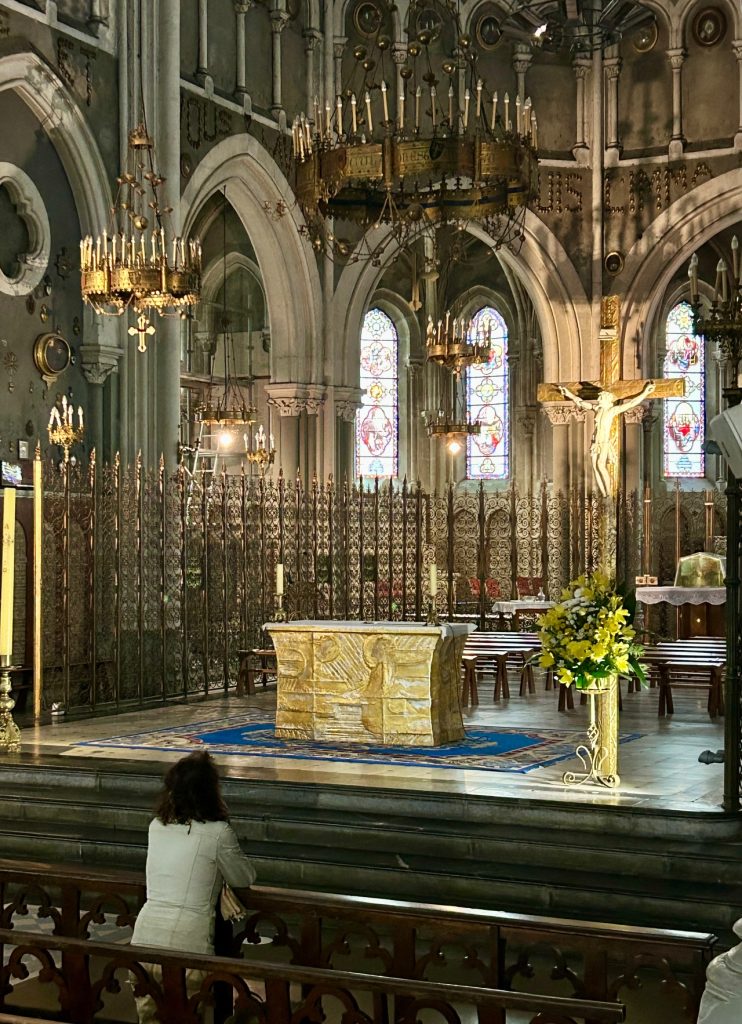
I’ll not repeat everything I learned about Lourdes before, during and since my visit. I’m sure anyone can discover as much as I did about the place (and more) through Google but I’ll leave you with an introduction to the Sanctuary (if you should need it) and some photos.
Starting with the introduction, I’ll simply reproduce what is written on the Lourdes Sanctuary website:-
Since the apparitions of the Virgin Mary in 1858, millions of people from all over the world have flocked to Lourdes every year to experience the grace of this place. The Sanctuary of Our Lady of Lourdes is above all the place of healing of bodies and hearts where one comes to pray humbly to the one who revealed her name to Bernadette Soubirous: “I am the Immaculate Conception”.
And as for some (tourist style) photos:-


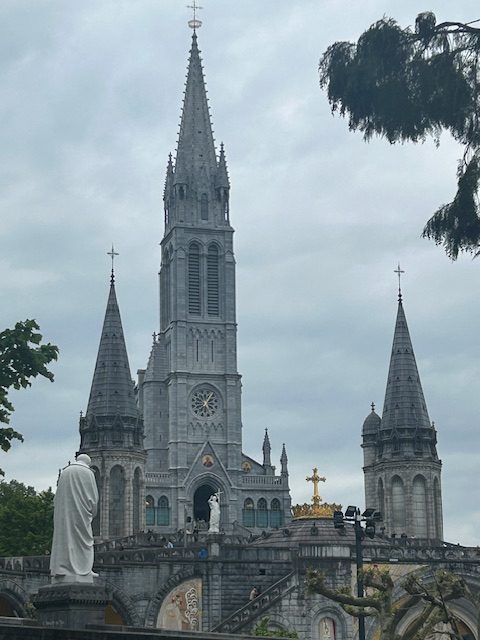
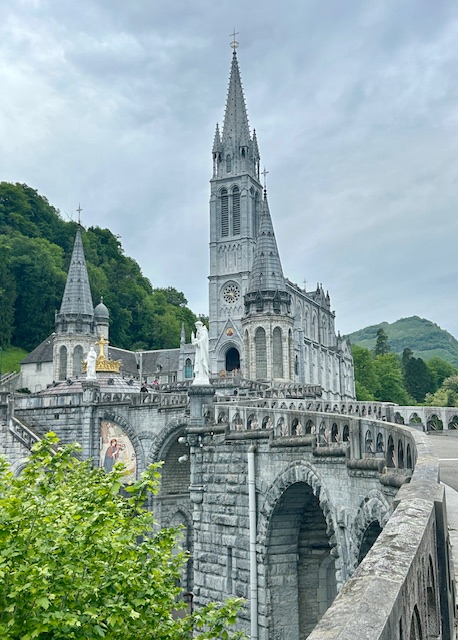
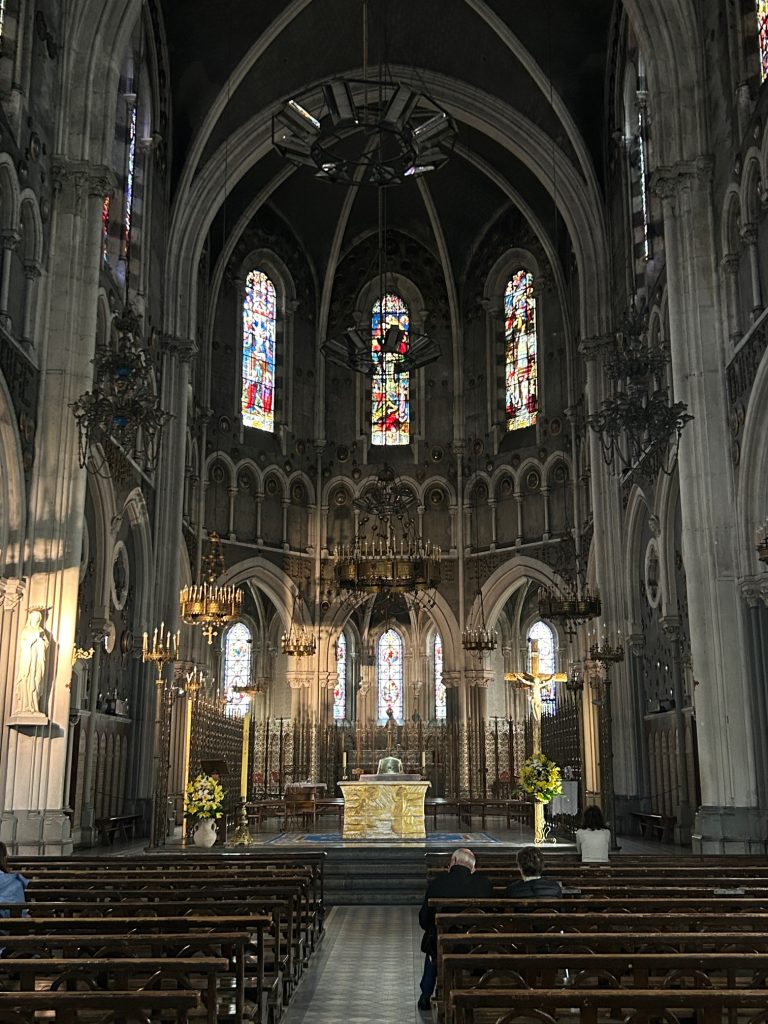

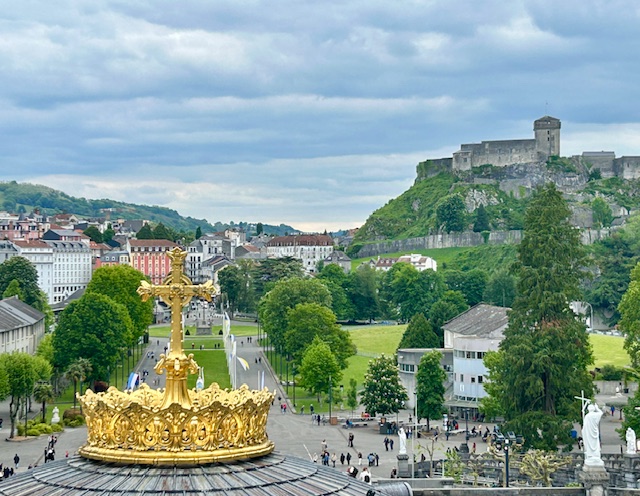

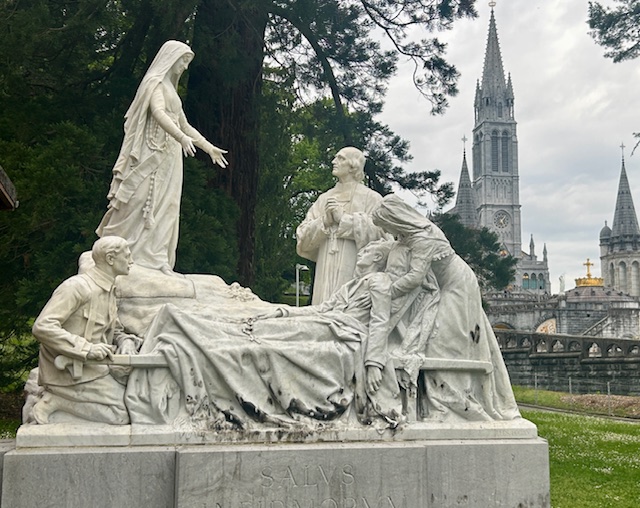


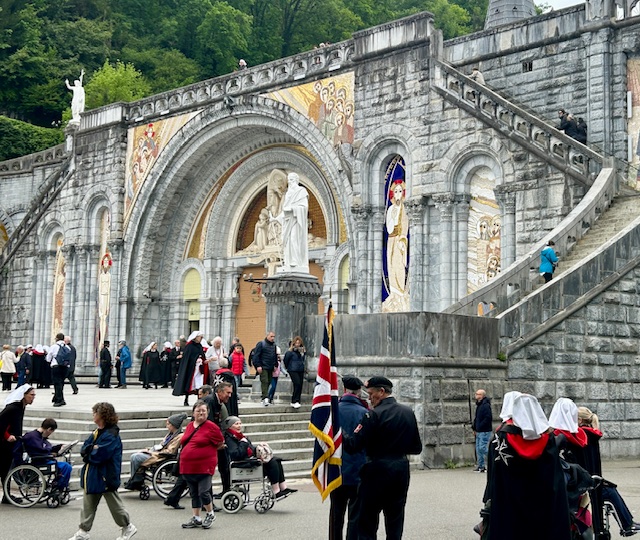
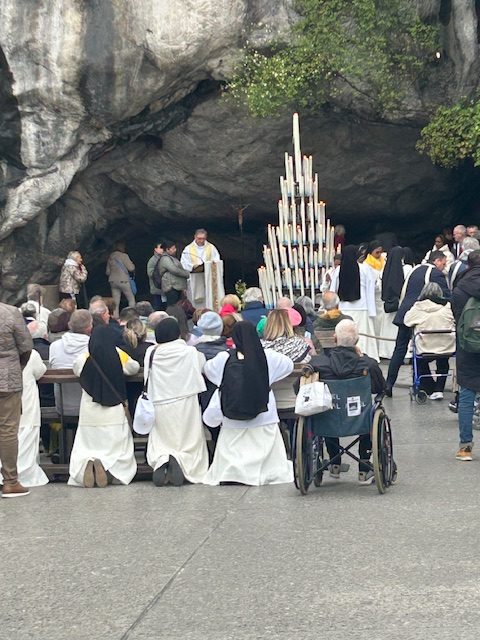

I wandered Lourdes Sanctuary for a number of hours (taking a great many more photos than have been reproduced here) and then visited the town (intending to return to the Sanctuary early the next morning, when fewer people were about and when the light would be better, to improve on my photos). Entry into the Sanctuary is free and it is open to the public at this time of the year from 06.00 to 01.00! Good idea but the plan didn’t work. The visit to the town was a waste of time (it’s full of tat, plastic relics, etc) and then, I didn’t get back to the Sanctuary the next day. So, the only part of the sanctuary that I did any justice to was the Basilica of the Immaculate Conception. In case you are unaware, there are another two Basilica’s and 25 Chapels (to say nothing of the numerous statues and dioramas). Next time?

